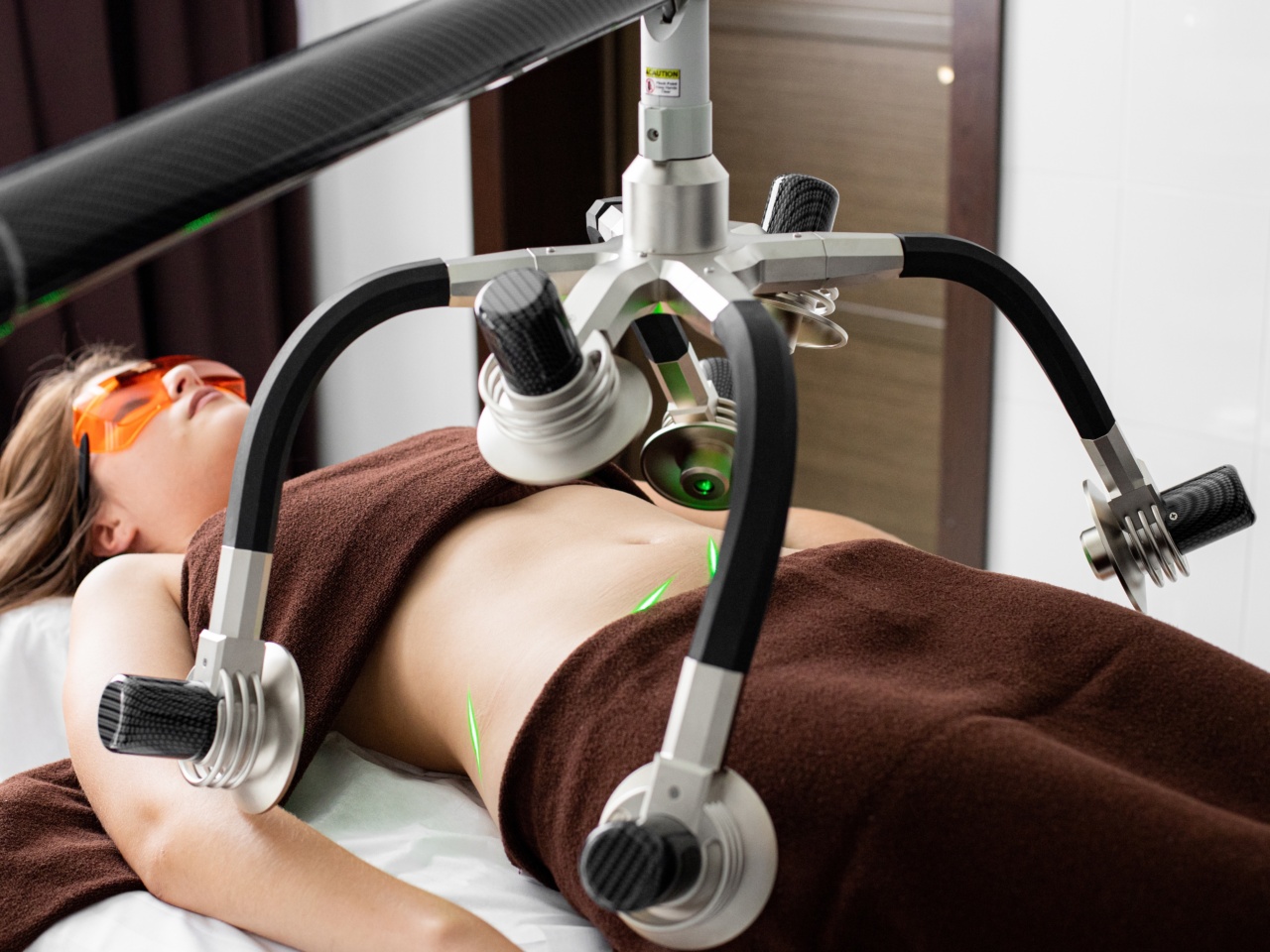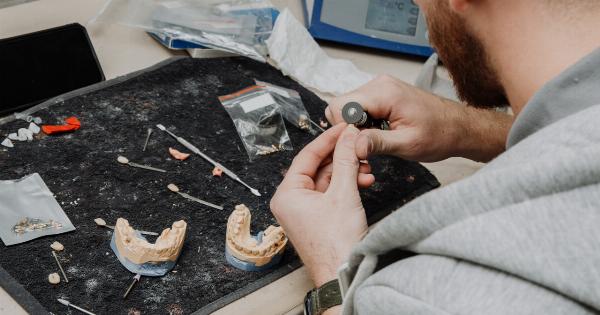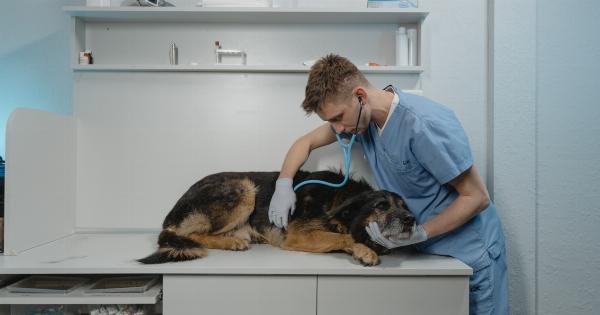Bladder coccyx is a common problem in women, which can cause chronic pain and discomfort in the pelvic area.
This condition often arises due to a weakened pelvic floor, and it can be exacerbated by factors such as pregnancy and childbirth, obesity, and chronic constipation. Typically, bladder coccyx can be managed with physical therapy, medications, and lifestyle changes. However, in severe cases, surgery may be the only viable option.
Fortunately, advances in medical technology have made surgery for bladder coccyx safer and less invasive than ever before. One of the most effective and innovative treatments for bladder coccyx is laser surgery.
Laser surgery is a minimally invasive procedure that uses a laser to remove or reshape tissue in the affected area. This type of surgery is incredibly precise and can be used to treat a wide variety of conditions, including bladder coccyx.
The Procedure
Laser surgery for bladder coccyx is typically performed on an outpatient basis under local anesthesia. During the procedure, your surgeon will use a laser to remove or reshape tissue in the affected area.
This can help to strengthen the pelvic floor and alleviate the symptoms of bladder coccyx.
One of the key advantages of laser surgery for bladder coccyx is that it is minimally invasive. Unlike traditional surgery, which requires a large incision and significant recovery time, laser surgery involves only tiny incisions.
This means that you will experience less pain and scarring, and you will recover much more quickly.
The Benefits of Laser Surgery for Bladder Coccyx
Laser surgery for bladder coccyx offers a number of benefits over traditional surgery:.
- Minimally invasive
- Less painful
- Shorter recovery time
- Reduced risk of complications
- High success rate
After the Procedure
After laser surgery for bladder coccyx, you will need to take it easy for a few days. You may experience some mild discomfort or soreness, but this should subside within a week or two.
Your surgeon will provide you with detailed instructions on how to care for the surgical site and how to manage any pain or discomfort you may experience.
You should avoid strenuous exercise and heavy lifting for at least a week after the procedure. You may also need to avoid sexual activity for a short period of time. Your surgeon will let you know when it is safe to resume these activities.
The Bottom Line
If you are suffering from bladder coccyx and are looking for an effective, minimally invasive treatment option, laser surgery may be right for you.
This innovative procedure can help to alleviate your symptoms and improve your quality of life, all while minimizing pain, scarring, and recovery time.



























